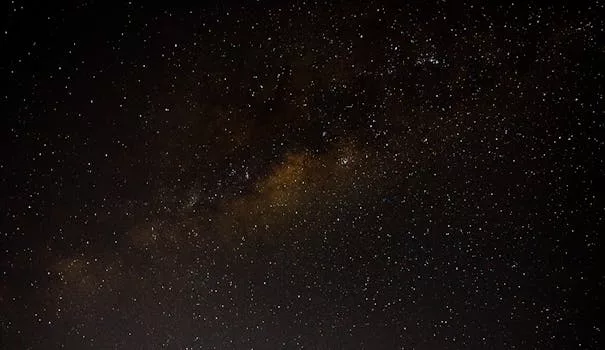
“
Beyond the Milky Way: Imagining New Worlds and Possibilities
Beyond the Milky Way: Imagining New Worlds and Possibilities has been a topic of human fascination for centuries. From the early astronomers who first gazed up at the night sky to the modern-day space agencies that continue to push the boundaries of space exploration, the quest to understand the universe and its many mysteries has been a driving force behind human innovation and discovery.
Introduction to the Milky Way
The Milky Way is just one of billions of galaxies in the observable universe, and it is home to a vast array of celestial objects, including stars, planets, asteroids, comets, and other forms of interstellar matter. The Milky Way is a barred spiral galaxy, consisting of hundreds of billions of stars, as well as various types of interstellar gas and dust.
The Milky Way is thought to have formed around 13.6 billion years ago, during a time known as the cosmic dark ages, when the universe was still in its early stages of formation. Over time, the Milky Way has undergone numerous transformations, including mergers with other galaxies, the formation of new stars and planetary systems, and the evolution of life on at least one planet, Earth.
Exploring the Universe Beyond the Milky Way
While the Milky Way is an incredible and complex galaxy, it is just one small part of the larger universe. There are billions of other galaxies in the observable universe, each with its own unique characteristics and features. Some galaxies are similar to the Milky Way, while others are quite different, with different shapes, sizes, and compositions.
One of the most significant discoveries in the field of astrophysics in recent years has been the detection of exoplanets, which are planets that orbit stars outside of the Milky Way galaxy. These planets come in a wide range of sizes and types, from small, rocky worlds to large, gas-giant planets, and they offer a fascinating glimpse into the possibility of life beyond Earth. For more insights on this topic, check out From Stardust to Dreams: Imagining Life Beyond the Stars.
Imagining New Worlds and Possibilities
As we continue to explore the universe and discover new worlds, we are also forced to confront the limitations of our current understanding and the possibilities that lie beyond. From the potential for life on other planets to the possibility of other forms of intelligent life in the universe, the questions and mysteries that surround us are endless and intriguing. This exploration often inspires creativity, which is beautifully captured in Stellar Inspirations: Unleashing Creativity Beyond the Stars.
One of the most exciting areas of research in modern astrophysics is the study of black holes, which are regions of space where gravity is so strong that not even light can escape. Black holes are thought to be formed when a massive star collapses in on itself, and they can have a profound impact on the surrounding space, warping the fabric of spacetime and affecting the motion of nearby objects. To delve deeper into the wonders of the universe, you might also enjoy Charting New Realms: The Journey of Imagination Beyond the Stars.
Takeaways
- The Milky Way is just one of billions of galaxies in the observable universe.
- The universe is full of mysteries and wonders, from the formation of stars and galaxies to the possibility of life beyond Earth.
- Exploring the universe and discovering new worlds is a key part of human innovation and discovery.
- Black holes and other celestial phenomena offer a fascinating glimpse into the workings of the universe.
- The possibilities that lie beyond our current understanding are endless and intriguing, and they offer a compelling reason to continue exploring and discovering.




